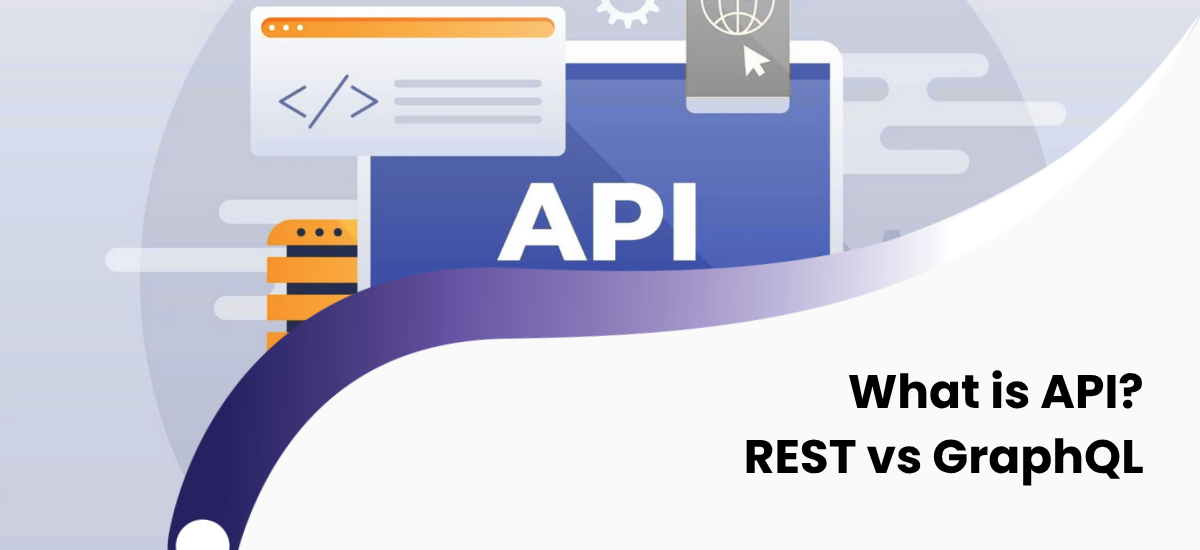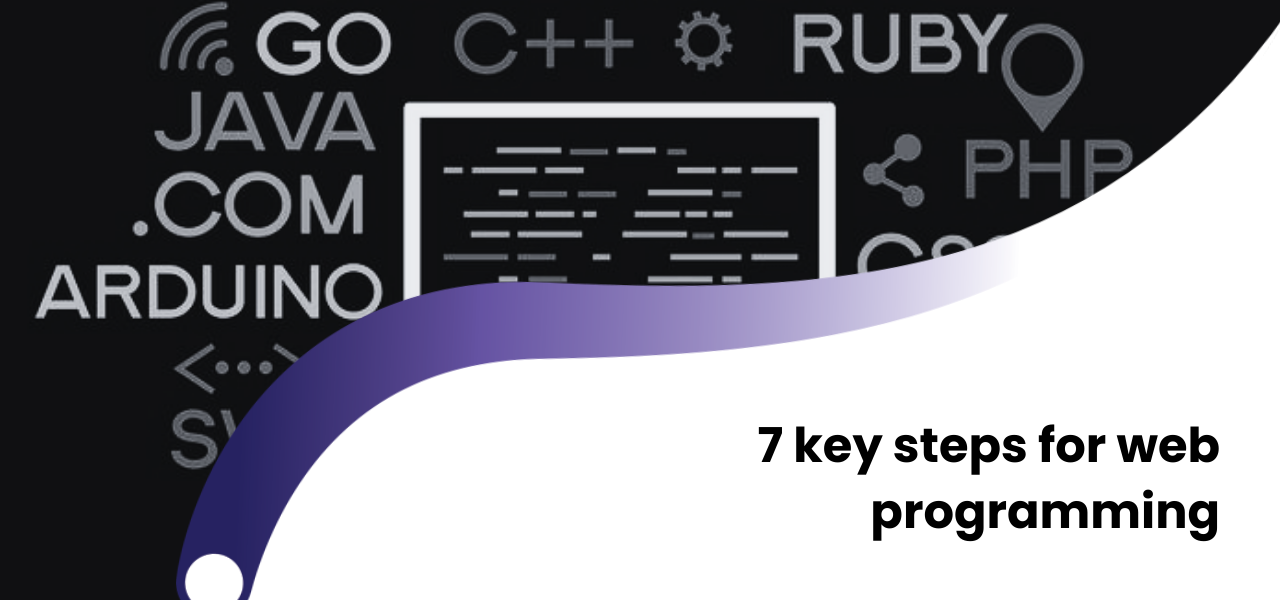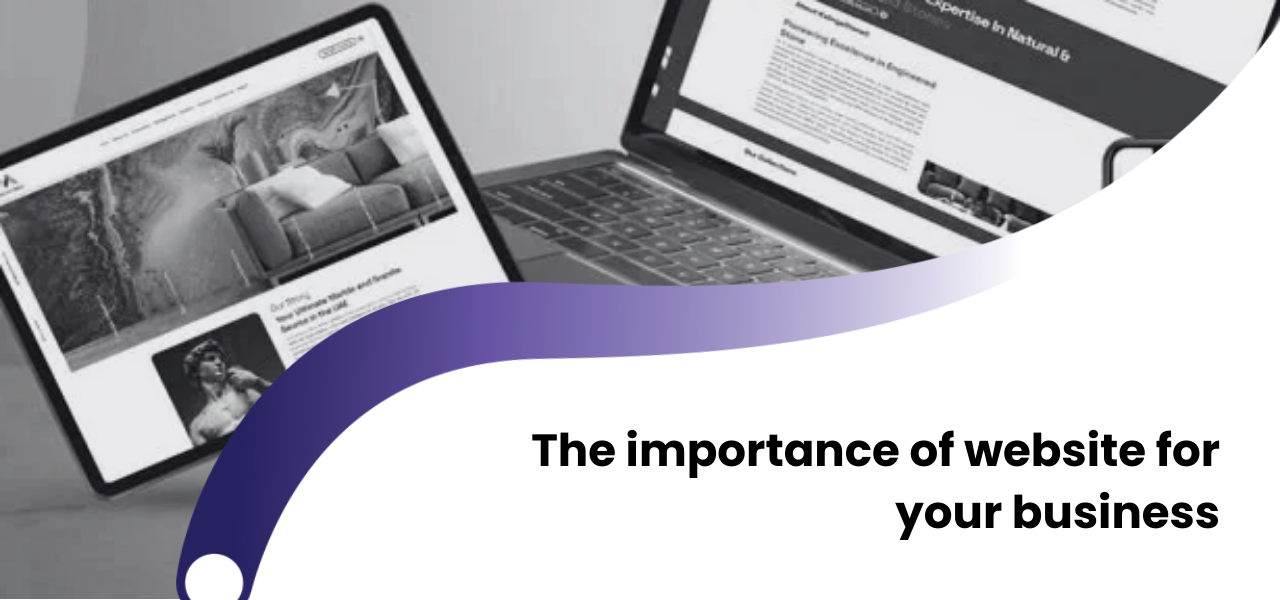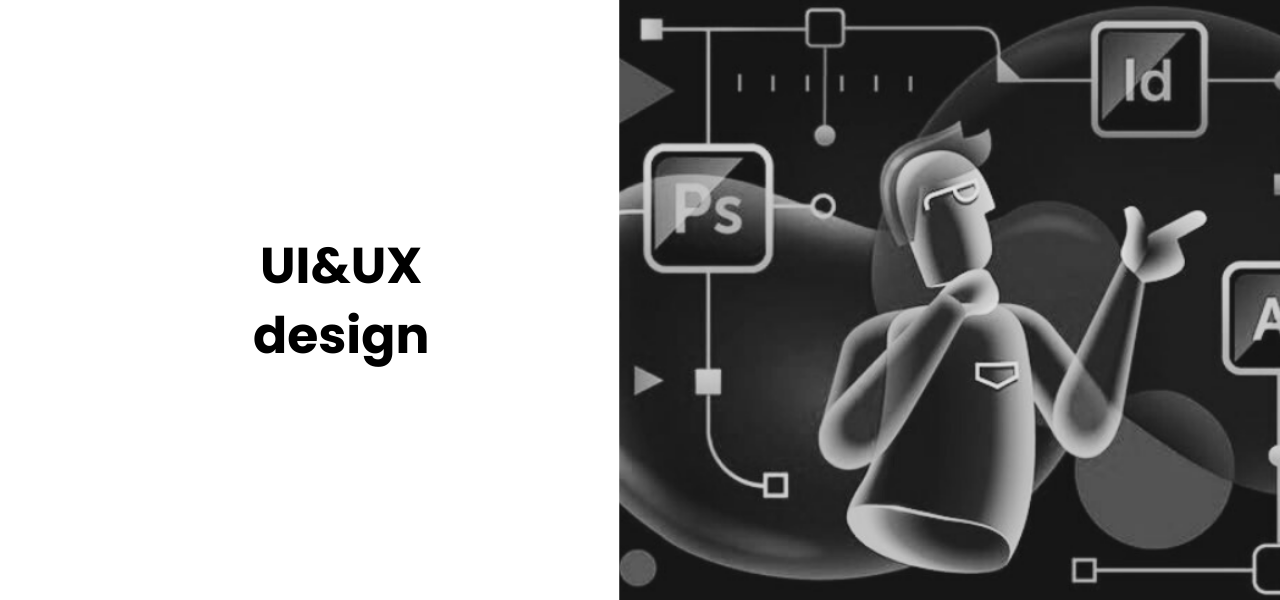You open the weather app on your phone. But where does your phone get the temperature from? Or you go to a travel site and search for both hotels and flights in one place. How does that site get data from different airlines?
The answer is one word: API. In the modern digital economy, if APIs didn't exist, most of the internet and apps we know wouldn't either. But an API is not just a technical term; it's also a powerful business tool.
In this article, we will explore what an API is, the differences between its two most popular types—REST and GraphQL—and why the right API strategy is vital for the future of your business.
What is an API? A Simple Explanation
Think of an API as a waiter in a restaurant.
You, the user, cannot go directly to the kitchen, the server. You need a menu, which acts as the API documentation.
The API, our waiter, takes your order, which is the request, passes it to the kitchen, and brings the prepared food, the data, back to you.
Technically speaking, an API is a set of rules and protocols established for two different software applications to talk to each other. An API is used for your mobile app to communicate with the database on the server.
Why is a Good API Architecture Important?
Not all APIs serve the same purpose. Returning to our restaurant analogy, some waiters, or APIs, can only bring one type of dish, like REST. Others can bring the exact garnishes and sauces you want on your plate, like GraphQL. The choice of architecture directly affects your application's speed, flexibility, and future scaling potential.
REST API: The Proven Industry Standard
REST is the traditional and most widespread architecture that has dominated the API world for the last 20 years. It operates over HTTP, the web's primary protocol.
How does it work? REST sees everything as a resource, like a user or a product. Each resource has its own unique address, or endpoint:
/users/123(fetches user number 123)/users/123/posts(fetches the posts for user number 123)
Advantages:
- Simplicity and Standardization: It's easy to learn and implement because it's based on HTTP methods (GET, POST, PUT, DELETE).
- Effective Caching: It can leverage standard web caching mechanisms, which improves performance.
- Broad Ecosystem: It is supported by almost all programming languages and tools.
Disadvantages and Business Consequences:
- Over-fetching: REST might bring you data you don't need. For example, when you only need a user's name, the
/users/123endpoint might return their address, date of birth, and all other information. This increases internet traffic and load times, especially on mobile apps. - Under-fetching and the N+1 Problem: REST may not give you all the information you need at once. For example, to display a user and the names of their friends, you might have to first call
/users/123and then make separate server requests for each friend. This tires the server and slows down the app.
GraphQL: The Modern Approach for Flexibility and Precision
GraphQL is an API technology created by Facebook in 2015 to solve its internal problems, especially lag in mobile apps, and was later made public. Unlike REST, it is a query language.
How does it work? GraphQL typically uses only one powerful endpoint, for example /graphql. The client, such as a mobile app, sends a query to the server that precisely explains what it needs.
Sample query: "Bring me only the name of user 123 and the titles of their last 3 articles."
Advantages:
- No Over-fetching: The server returns only what the client asks for. Not a byte more, not a byte less. This is ideal for mobile apps.
- Multiple Resources in One Request: It's possible to get complex data, like a user, their articles, and comments, in a single server request.
- Strong Developer Experience: Front-end developers love this technology because they can define the data they need themselves, without depending on the backend.
Disadvantages:
- Complex Setup: Its initial setup and server-side optimization are more complex compared to REST.
- Caching: It doesn't have a caching mechanism as simple and standard as REST.
- Ecosystem: Although it's growing, it is still not as mature as REST's.
REST vs. GraphQL: Which is Better for Your Business?
This is like asking "a hammer or a screwdriver?" Both are tools, but they are meant for different jobs.
Choose the REST API if:
- Your project is simple and the data structure won't change much, for example, a simple corporate website blog.
- A quick start and standardization are critical for you.
- Caching is a high priority in your project, for example, on public content sites.
Choose GraphQL if:
- You have a mobile app or are targeting high performance on weak internet networks.
- Your application has complex data relationships, like a social network or e-commerce platform.
- Different clients, such as web, mobile, and smartwatches, have different data needs.
- You want to give your front-end team more flexibility.
Conclusion: API is Not Just a Technical Detail, It's a Strategic Business Decision
APIs are the digital blood vessels of your business. They connect your internal systems, like CRM, ERP, and inventory, ensuring data flows freely within the company, and even enable new business models.
Choosing between REST or GraphQL is not just a technical decision. It is a strategic business decision that directly impacts your product's future scalability, development speed, and customer experience.
At Crocusoft, we are aware of this strategic decision when building custom software and complex integration projects. We analyze your unique business needs and, by choosing the API architecture that best fits your project's goals—whether it's the proven REST or the flexible GraphQL—we deliver reliable, high-performance solutions built for the future.
Frequently Asked Questions About APIs
1. What does API integration mean?
It is the process of connecting two or more different software applications through an API. For example, the automatic transfer of sales from your website to your accounting software, or ERP system, happens thanks to API integration.
2. What is the simplest difference between REST and GraphQL?
REST gives you the "whole" data defined by the server, for example, all user information. GraphQL gives you only the "specific" data you "ordered," for example, just the user's name.
3. Can both REST and GraphQL be used in one project?
Yes. Many large companies use a hybrid approach. They might use REST for communication between internal microservices, and GraphQL for sending data to client applications, meaning mobile and web apps.
 +994512060920
+994512060920





